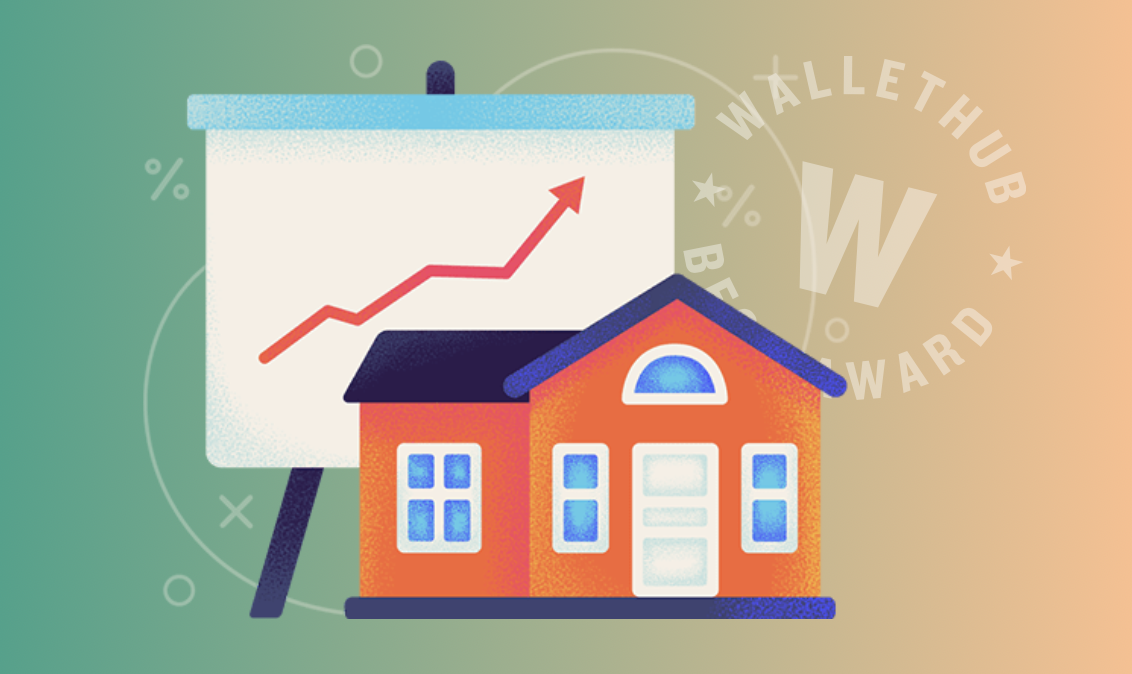By ISAIAS PACHECO
Information about the AEI Housing Market Indicator for the month of July was recapped during a recent meeting.
Leaders at the organization went over their new Month-over-Month constant quality home price appreciation graphic, which shows that many of the largest Metros, especially western Metros, have begun experiencing negative M-O-M HPA.
The overall goal is to monitor market stability through accurate real-time tracking to help avoid destructive housing booms and busts, they say.
Key takeaways from the briefing on August 2:
- Purchase rate lock volume and home price appreciation both continue to decelerate and confirm a strong trend reversal.
- April 2022 volume was down 13% from the same month in 2021 but up 8% from 2020.
- Based on Optimal Blue data, HPA is projected to moderate even more to 12.5% in July 2022 and 10.2% (+/-2%) in August 2022 while inching up to 10.4% in early-September 2022.
- HPA has peaked with June 2022 coming in at 15.0% year-over-year – down from 16.2% a month ago, its peak of 17.3% in March 2022, and 15.6% a year ago.
- In June 2022 many more metros were experiencing negative month-over-month constant-quality HPA compared to the same month in prior years.
- Housing inventory increased by more than seasonality in June. Though a good sign, it continued to run well below previous years’ levels.
- If mortgage rates remain around 6%, HPA (y-o-y) is expected to further slow to 6% and 4%-6%, respectively, for December 2022 and 2023 (y-o-y).
- Credit and debit card spending, aggregate demand, and inflation.
- In weeks 24-27 of 2022, inflation-adjusted spending for income quintiles 4 & 5 were both up 9% (y-o-y) vs. 7% (y-o-y) for quintile 1, while the last 4 weeks continue to show signs of a gradual slowdown.
- Lower-income homeowners face increasing stress as inflation, especially for gasoline & food, eats into budgets.
- With gasoline prices having nearly doubled, gallons of gasoline purchased are showing sharper declines. While down 13-14% across all income quintiles, these are insufficient to offset gasoline inflation.
- How to expand naturally affordable housing with Light Touch Density (LTD)
- New supply in the middle price range facilitates the filtering process as older homes filter down the income ladder.
- Higher as-built density utilizes smaller lots, leading to smaller homes that are less expensive. The increased density generates more supply and more property taxes.
- By-right LTD, if broadly applied in greenfield and in-fill areas, has the potential to unleash a steady stream of smaller and lower priced (naturally affordable) homes for decades to come.
Email story ideas to Editor Kimberley Haas: [email protected]
